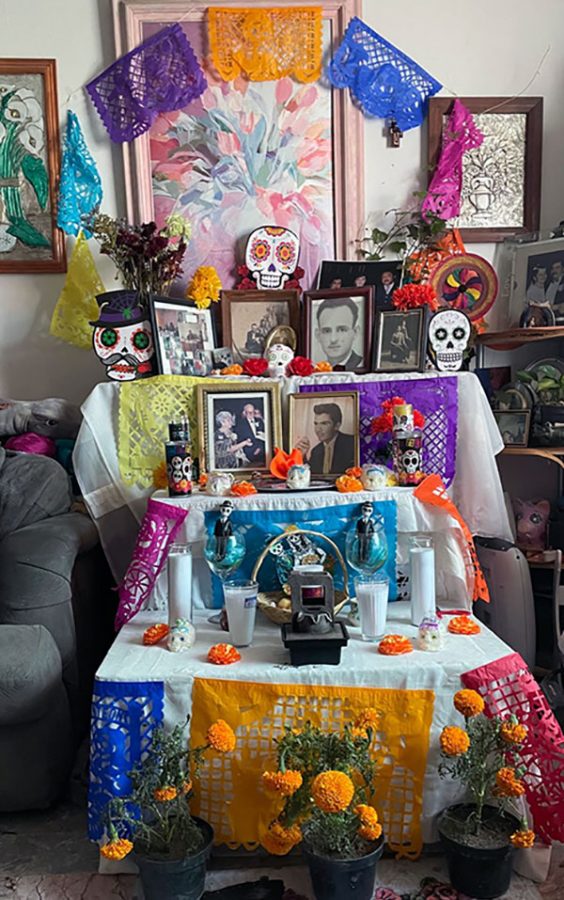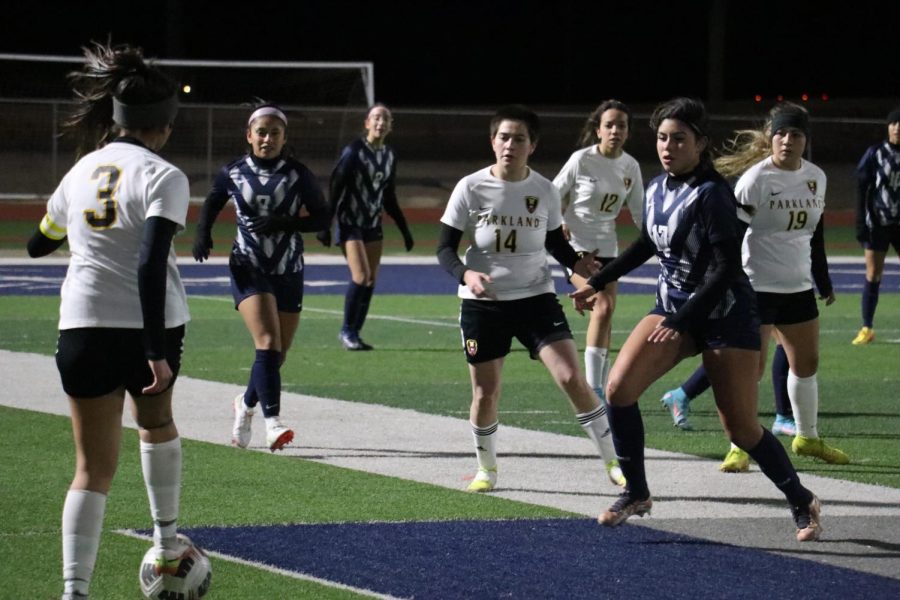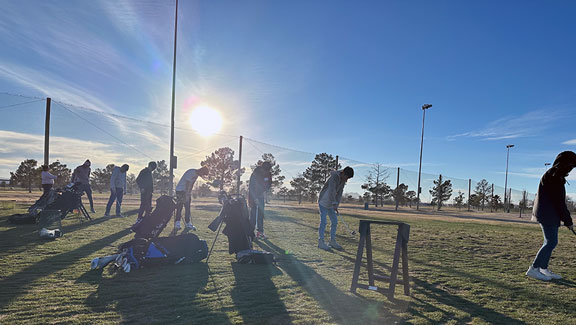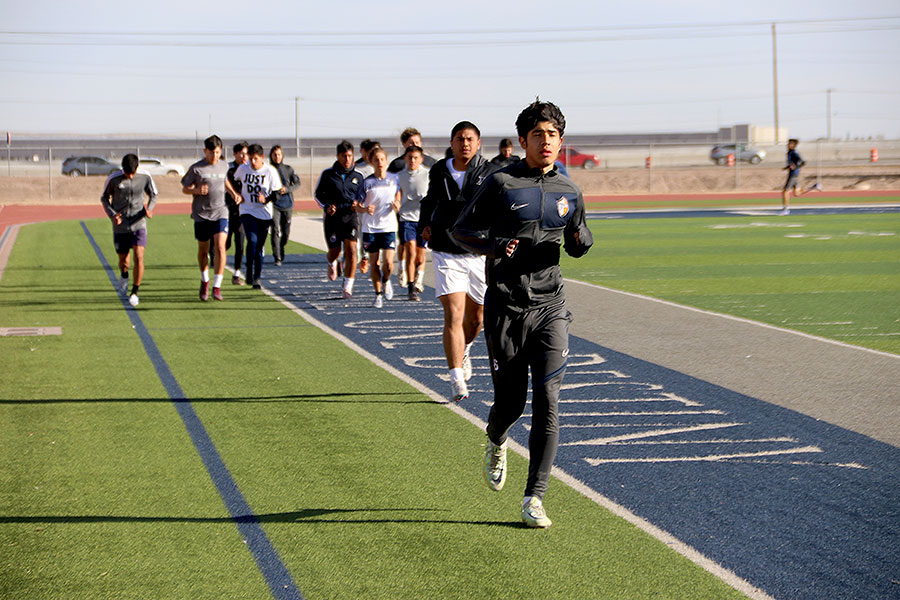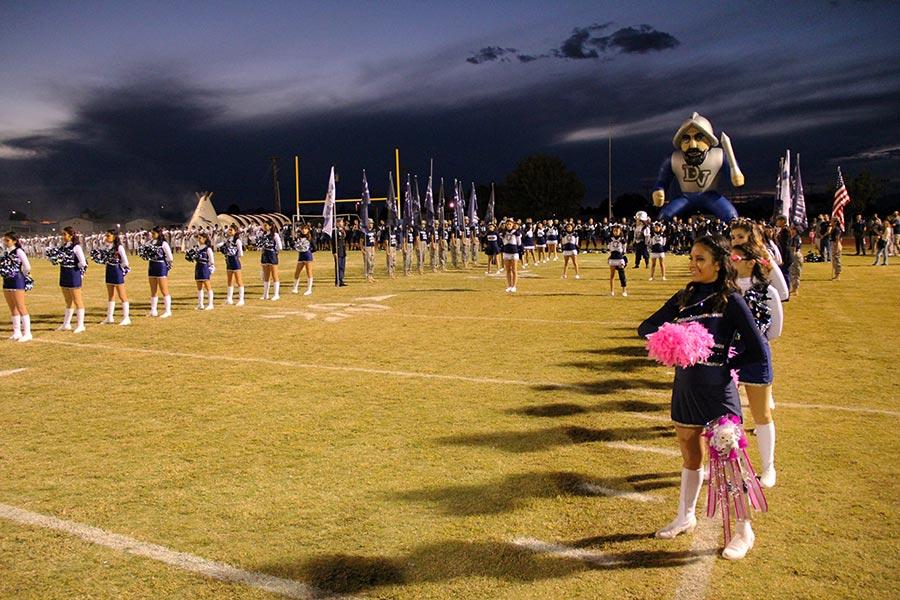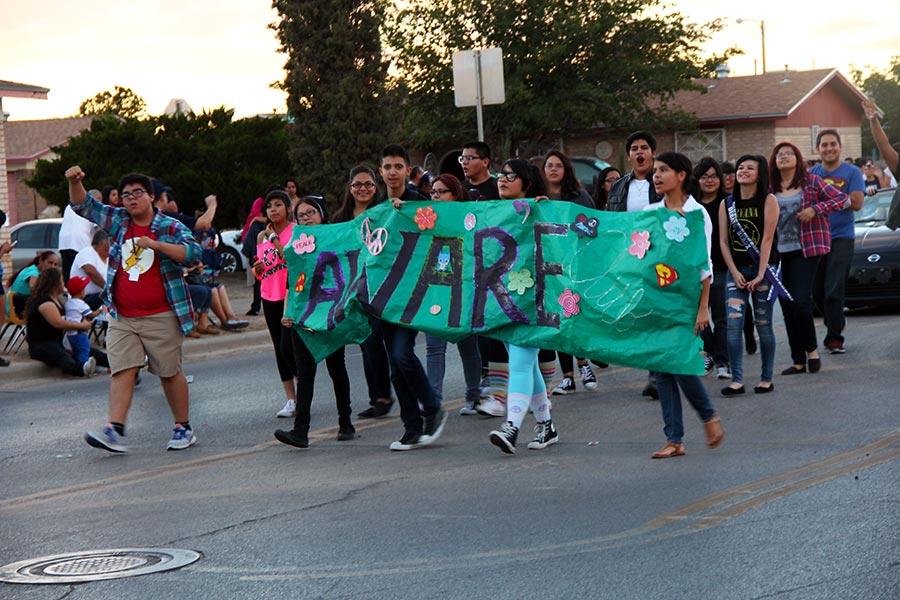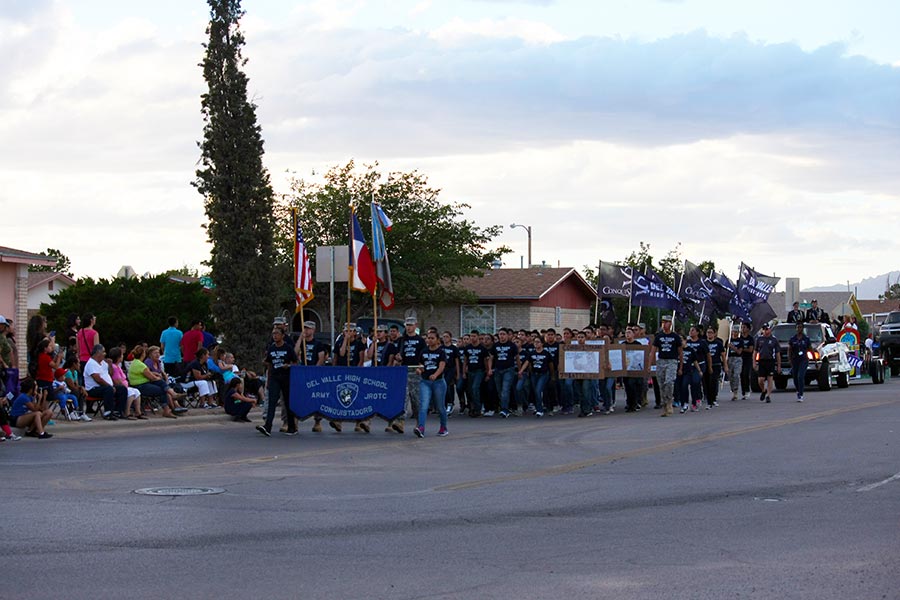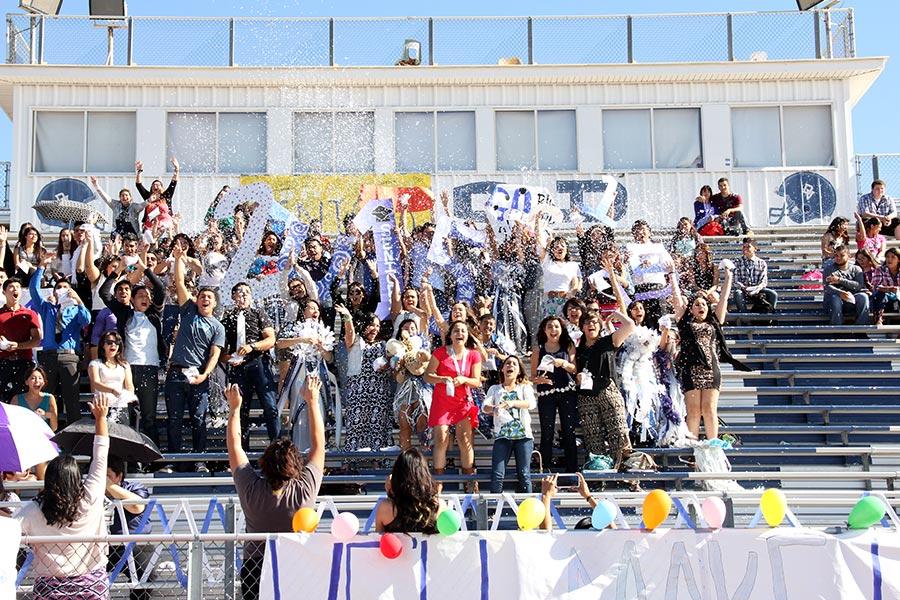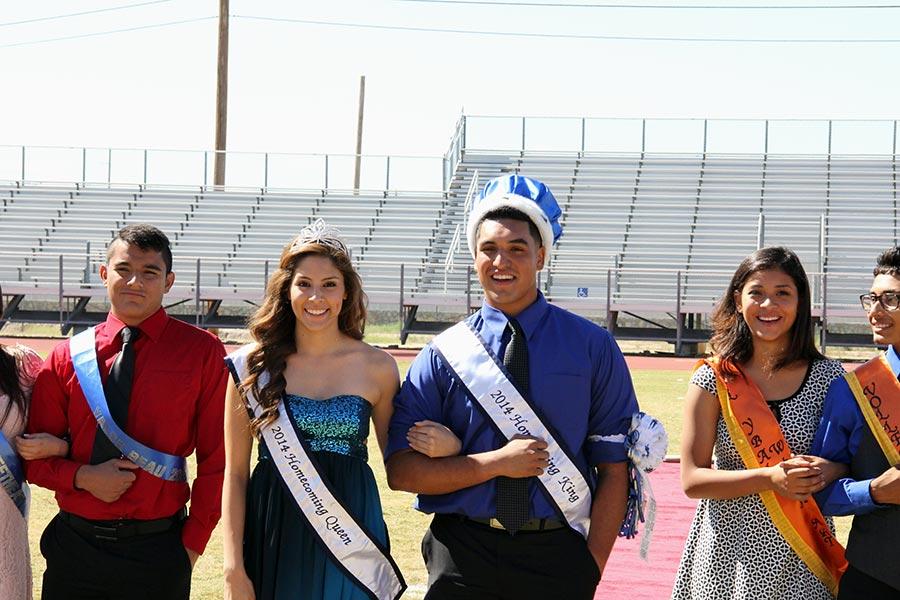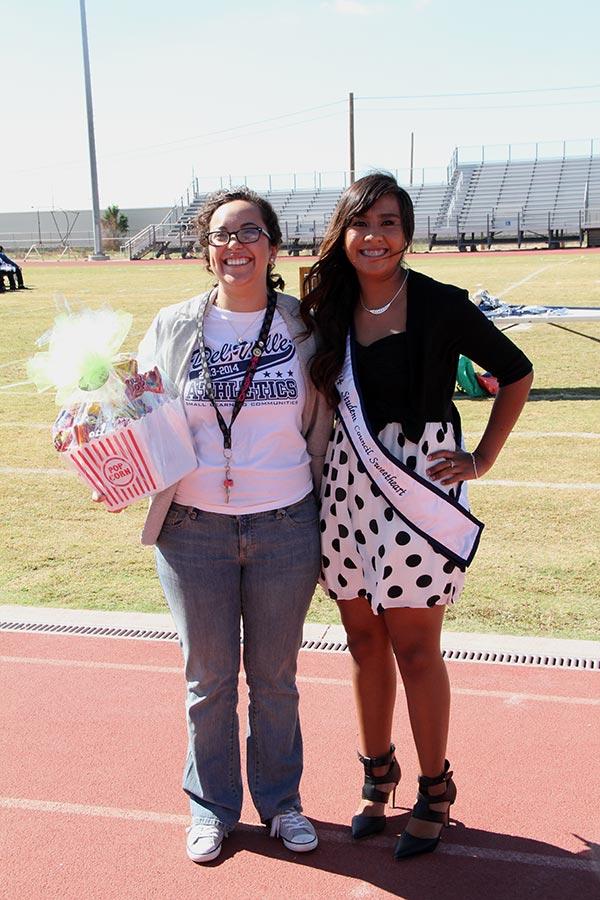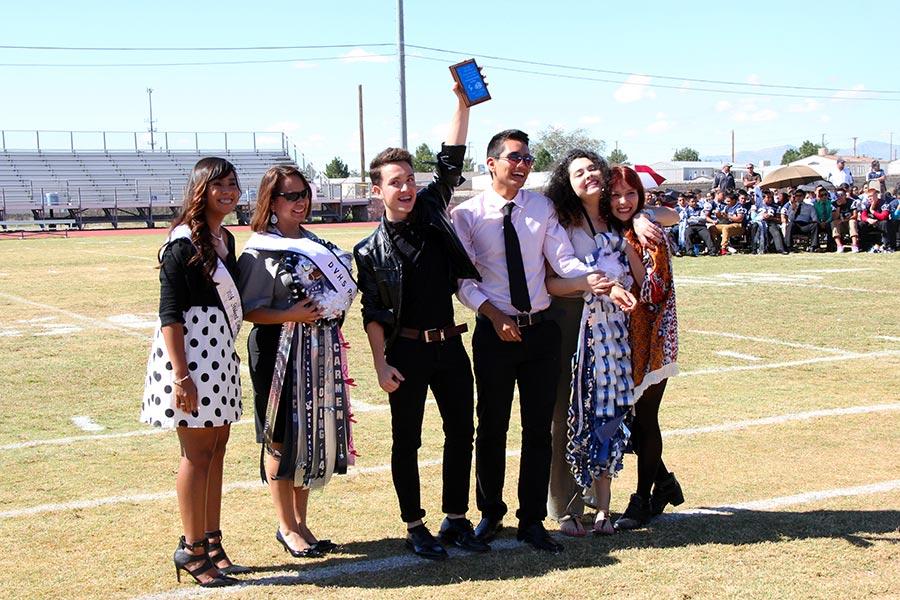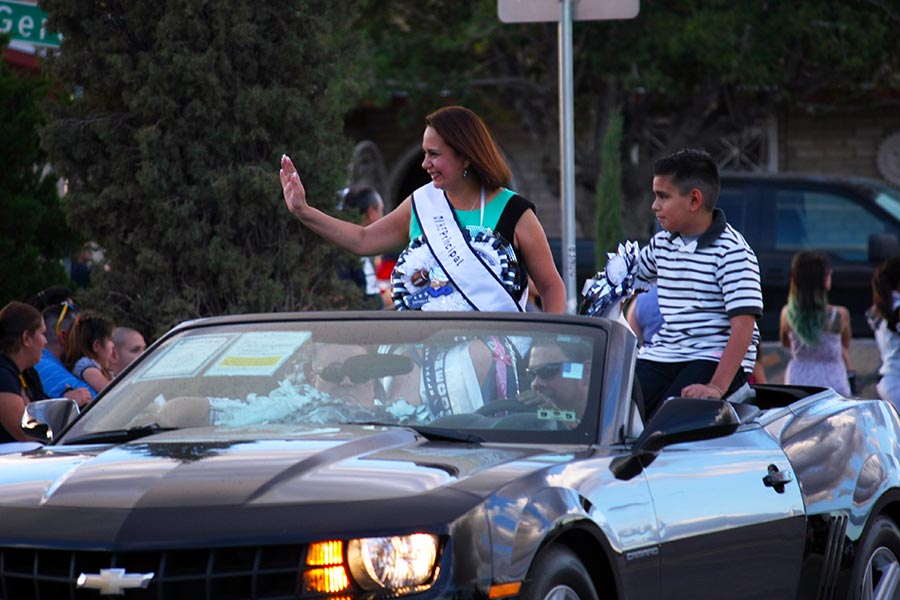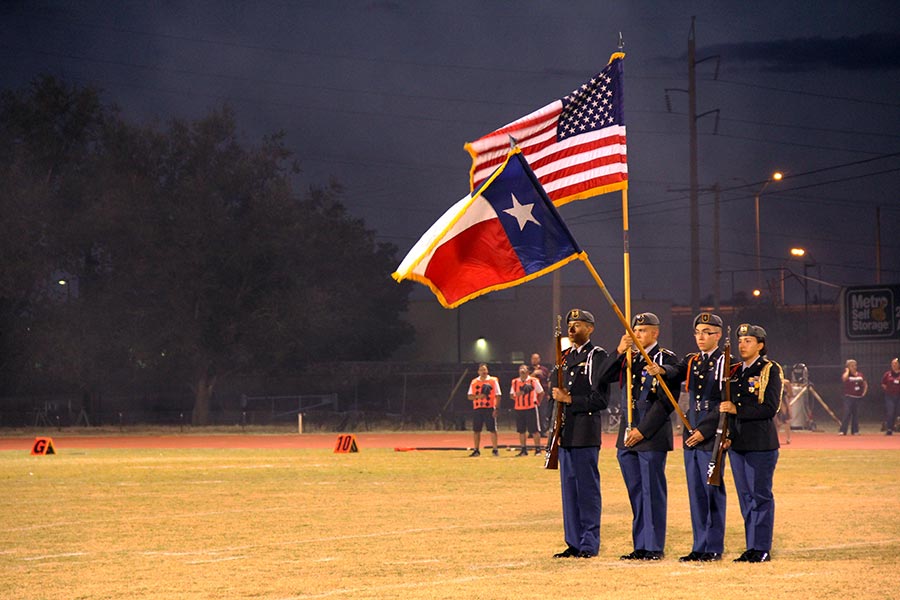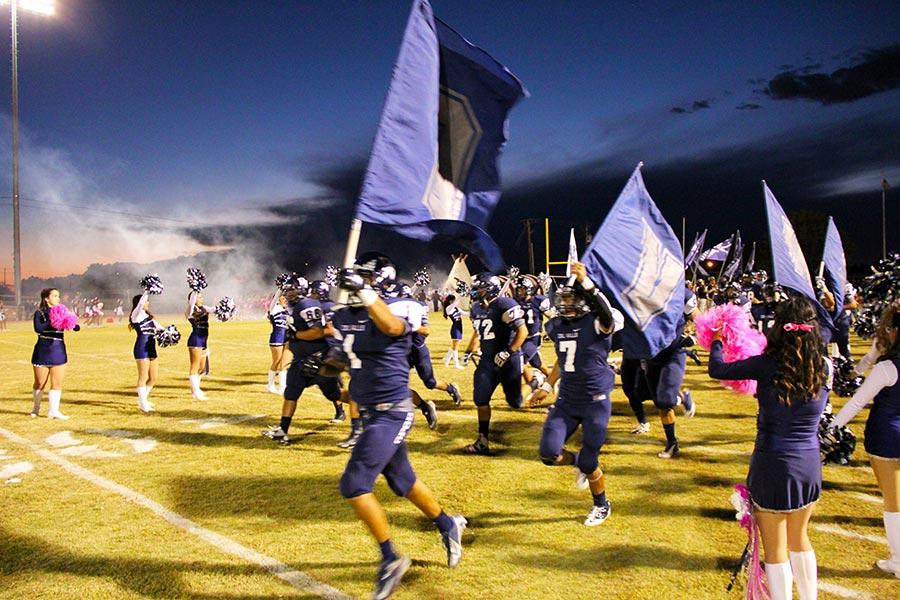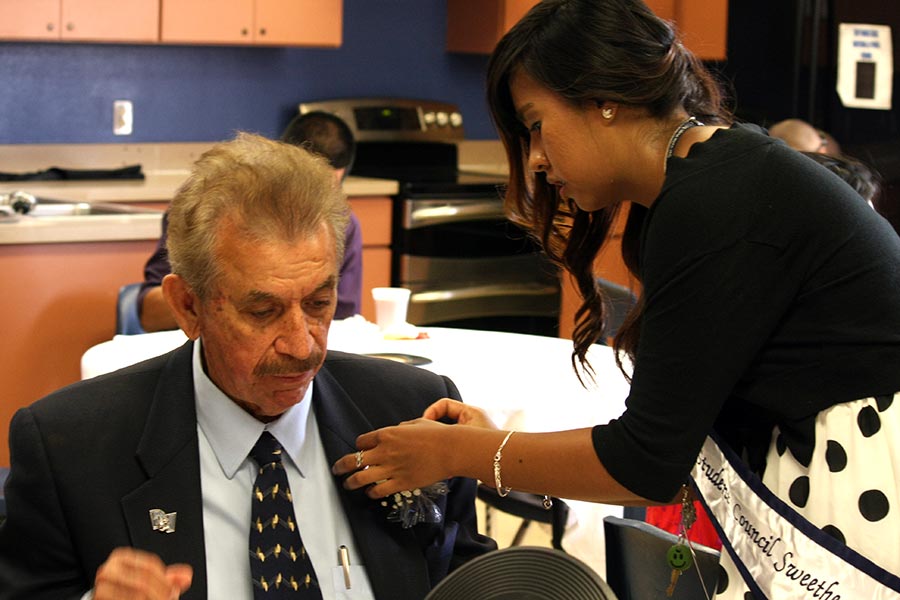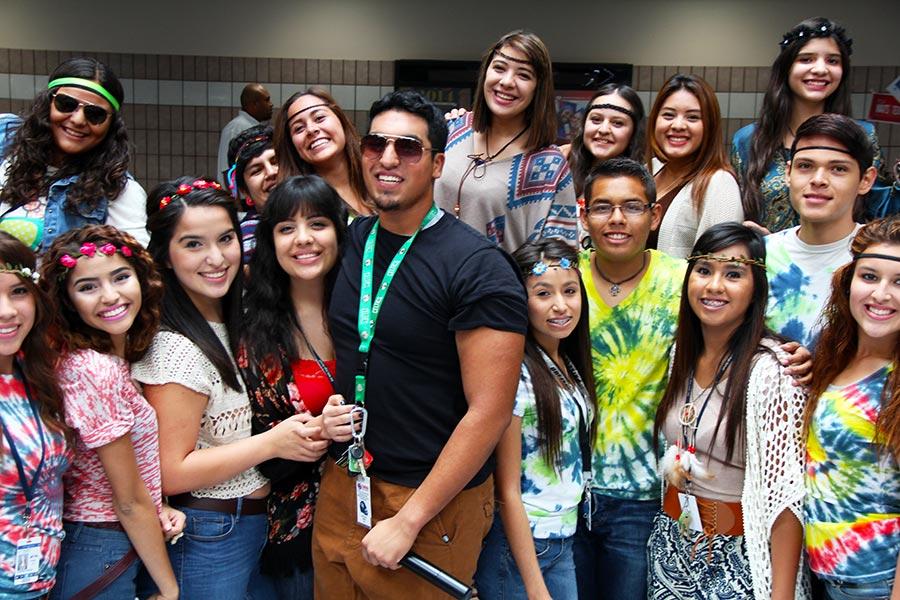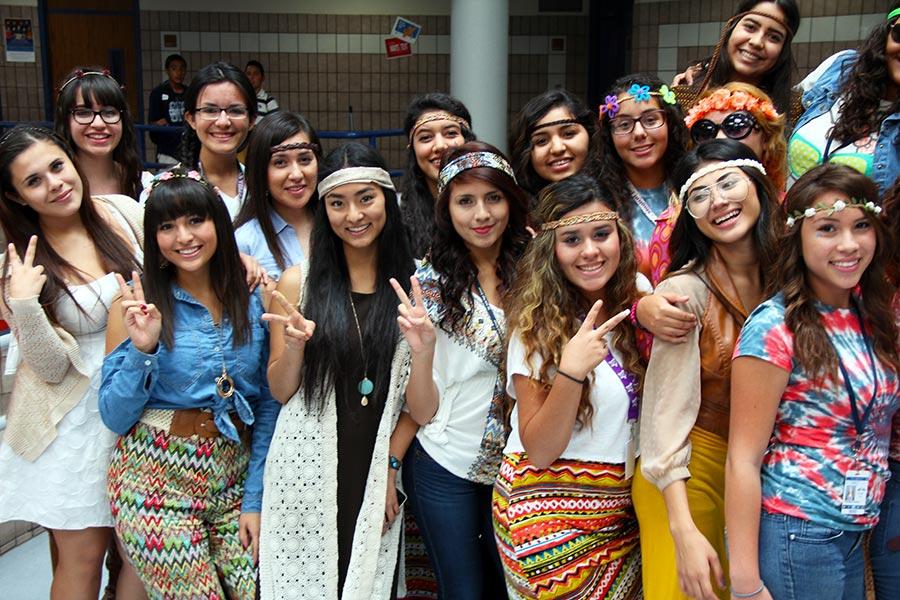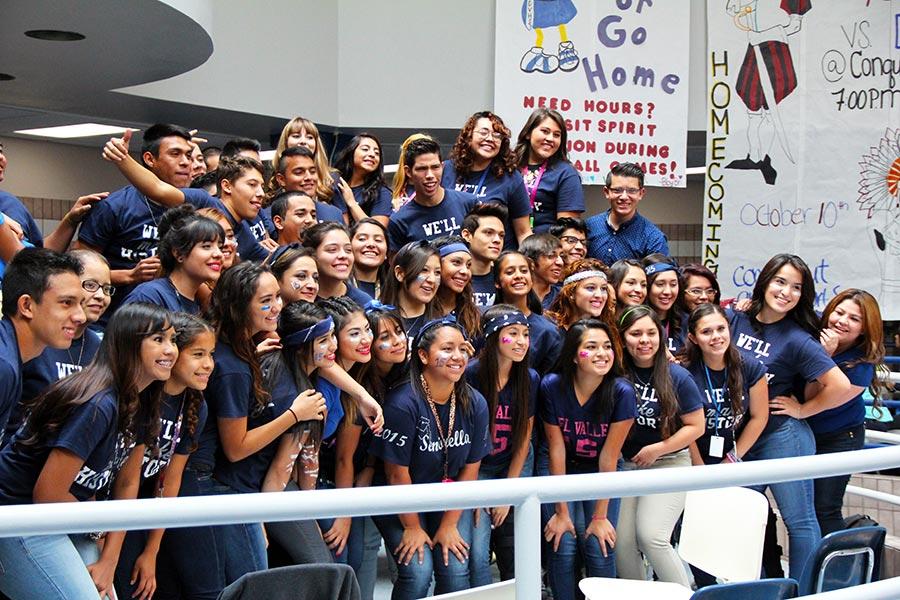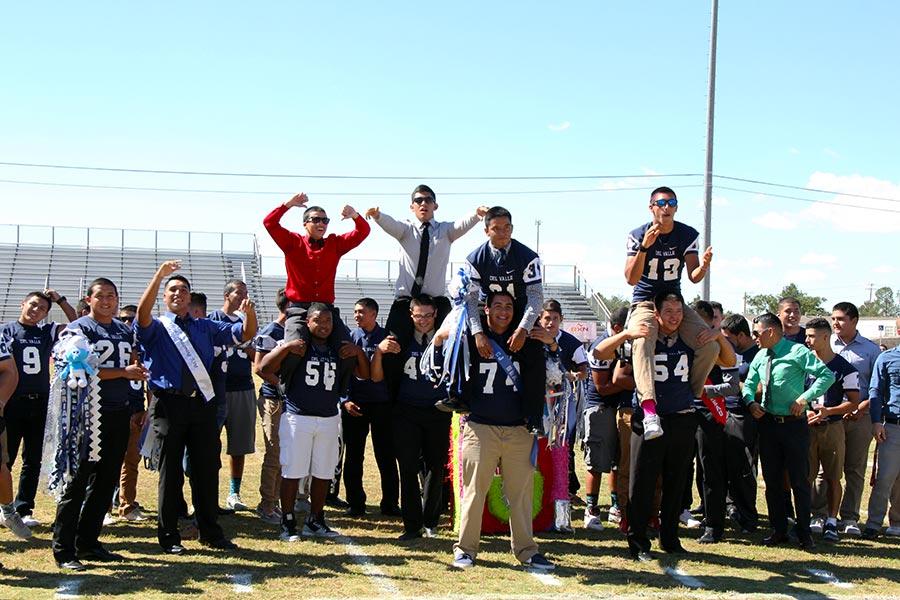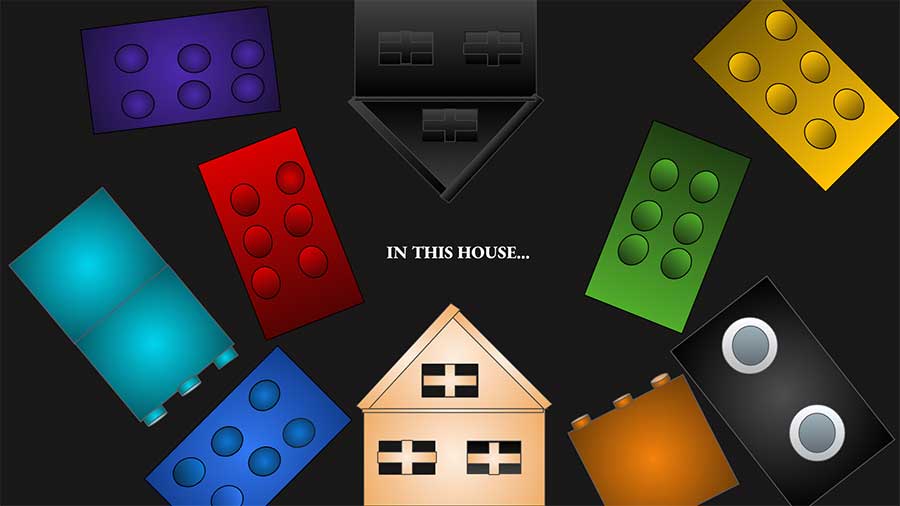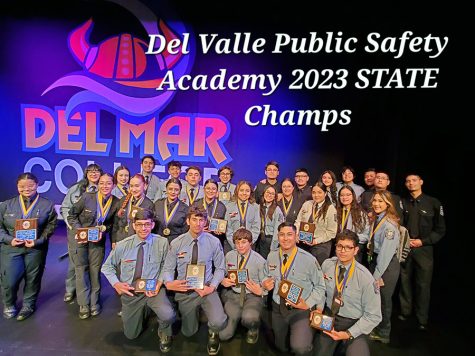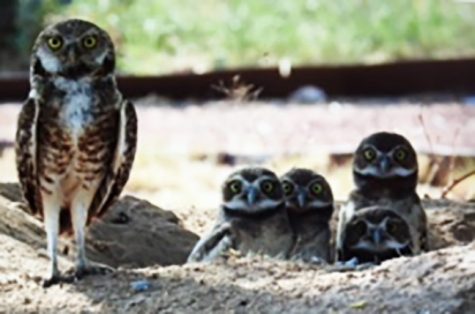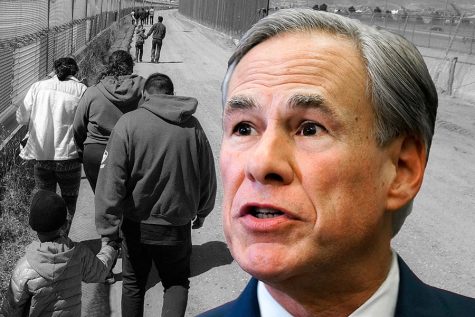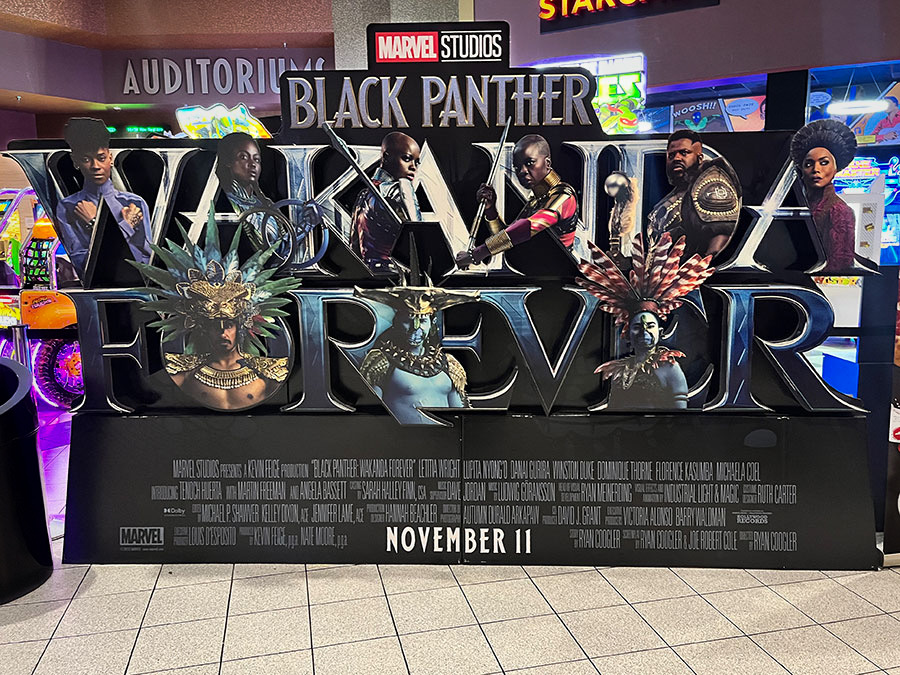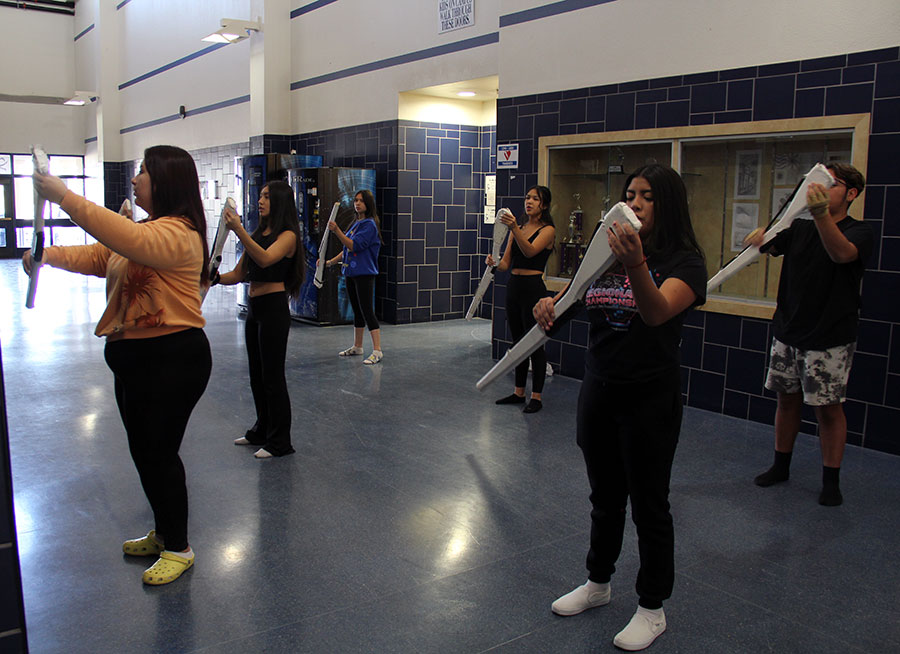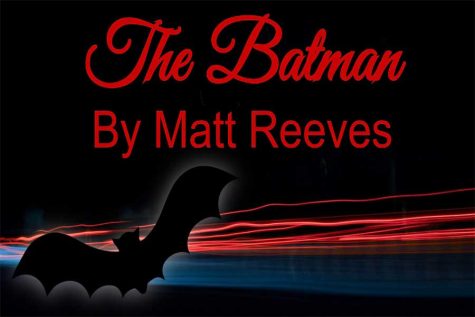Celebrating Hispanic heritage, El Día de Muertos
Altar de muertos in a student’s home.
December 9, 2021
El Día de los Muertos, the Day of the Dead, is a holiday celebrated Nov. 2. It originated in México. La Catrina, the lady of the afterlife, altars, offerings, food and sugar skulls are some of the elements seen in the festivity which so many enjoy.
Universally death is a common fear and Día de los Muertos gives death a cultural aspect.
“Death holds philosophical and anthropological questions beyond the physiological, biological and physical explanation of the cessation of life. It represents a no longer being,” Universidad Autónoma de Ciudad Juárez and Universidad Pedagógica Nacional del Estado de Chihuahua, Unidad Juárez Department of Health Sciences and Social Sciences professor Luis Martín Monárrez Lainez said.
A celebration that commemorates the death of loved ones is a consequence from a long period of cultural diffusion in México.
“It is a cultural syncretism, where various traditions and customs (primarily religious) came together giving a practice that over time became El Día de los Muertos,” professor Monárrez Lainez said.
The Spanish conquest, 1519-1521, brought a new culture, political system and religion to the Aztecs (natives). Catholic traditions were introduced to people who practiced human sacrifice and had their own mexica funeral parlors with their own idea of a death cult.
“In the 300 years that the Spanish dominated the territory, these traditions and ways of seeing death were spread,” professor Monárrez Lainez said.
The holiday arose in the 20th century under the presidency of Lazaro Cardenas, 1934-1940.
“A national project arose to rescue what is Mexican and part of that is to rescue a day of the dead,” professor Monárrez Lainez said.
La Catrina introduced by Posada, 1852-1913, was well received by the Mexican people and now is one of the most representative elements of the tradition.
“La Catrina is the death that comes to bring to the sampling of this earthly plane or takes it. It has influences and visual representations of death within the cosmology (visualization of the universe) and cosmovision (worldviews) mexica,” professor Monárrez Lainez said.
Commemorating the people who are no longer here is the purpose of the Mexican holiday. As a border city, the tradition is celebrated by the students and teachers giving tribute to the hispanic heritage.
“I go to my grandmother’s house to pray and remember my grandfather and my grandmother’s siblings,” senior Yara García said.
Time has molded and scattered Mexican and American traditions here on the border the last decades. No official holidays in México, such as Halloween and Thanksgiving are celebrated in Juárez and in El Paso honor is done to El Día de los Muertos.
“Culture does not have a border, cultural practices are like dampness on a wall, they completely get in. They are not required a visa, papers, they are not illegal or citizens, they come and go,” professor Monárrez Lainez said.

